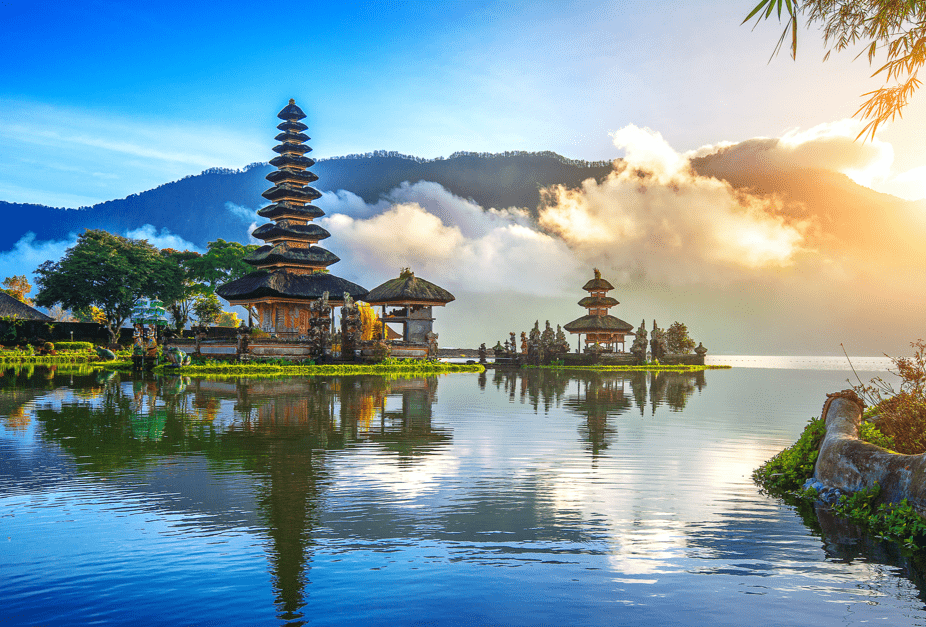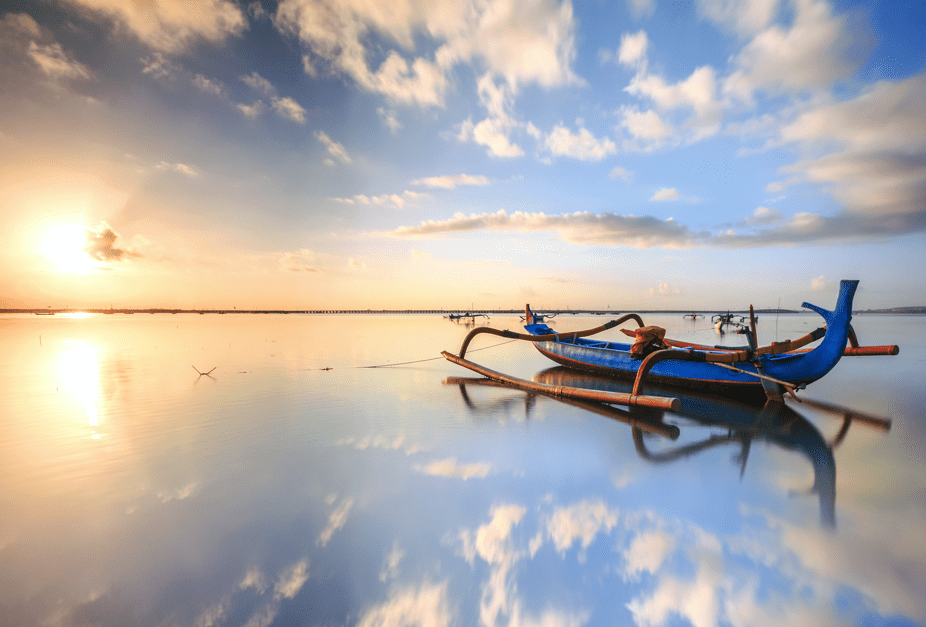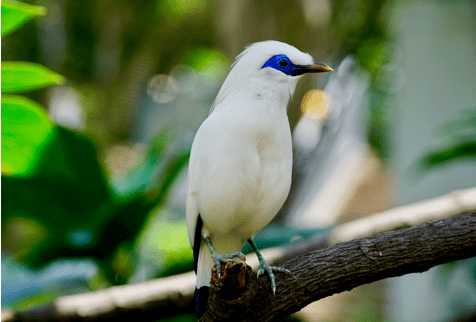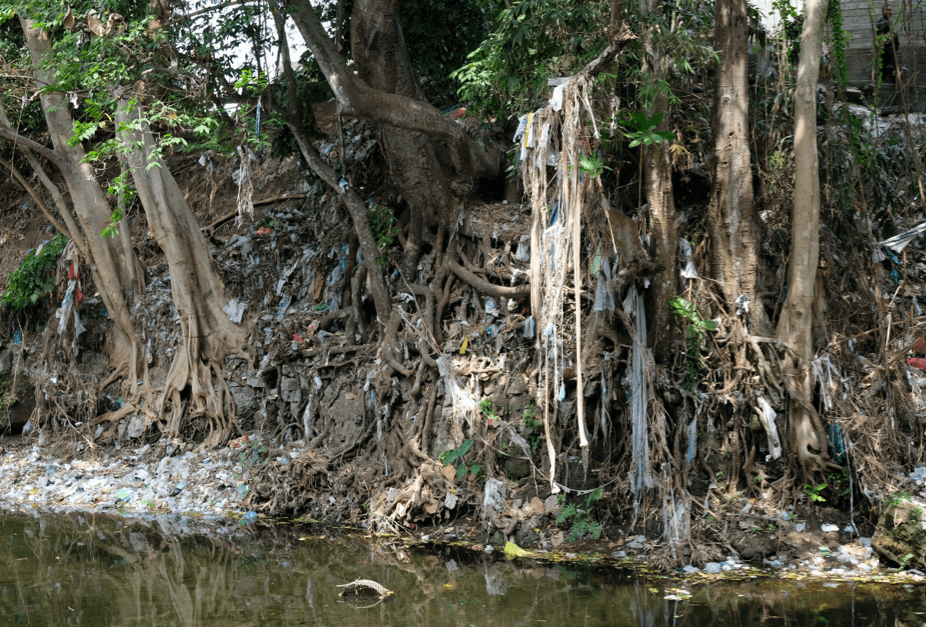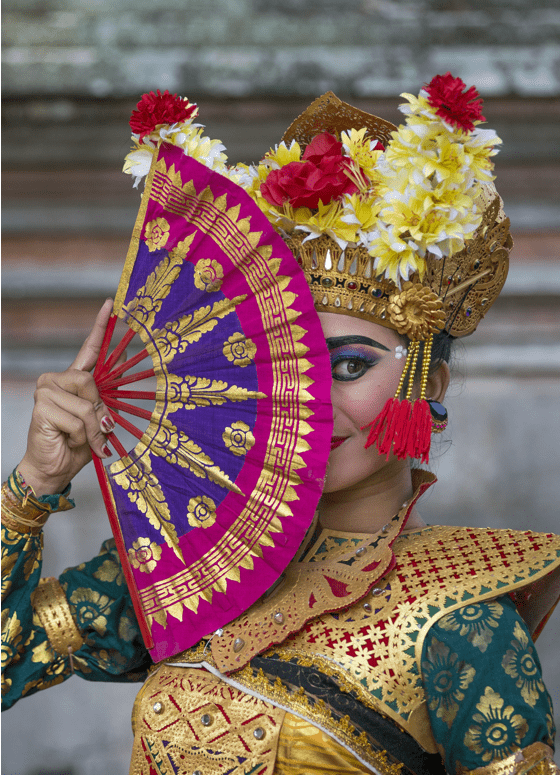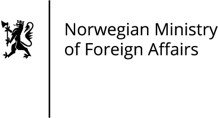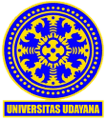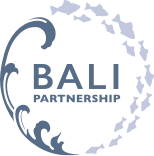Bali is often referred to as the island of “holy water” because of the countless number of sacred springs on Bali, used in purification rituals to cleanse the body on physical, emotional and spiritual levels. Where water flows life flourishes. harvests are abundant and communities thrive.
Bali’s water runs through 400 rivers, flowing towards the ocean. In fact, between coasts, rivers and lakes there are 3,500 thousand kilometers of waterways with more than 90% of people living within 1 kilometer of a river.
Yet last year, 33 thousand tonnes of plastic waste traveled down these waterways into rivers and into the ocean, polluting Bali’s fragile marine ecosystems. 33 thousand tonnes annually is 90 tonnes per day – the weight of 13 African elephants per day.
This platform is dedicated to sharing how, why and where this is happening based on extensive primary field research and innovative modelling by a team from the Bali Governor’s office, Bali’s Environmental Agency, Faculty of Marine Science and Fisheries – Udayana University, the University of Leeds, the International Solid Waste Association and SYSTEMIQ in late 2019 . The ultimate goal is to support the Bali Governor’s aim to lead Indonesia’s efforts to reduce ocean plastic levels 70% by 2025, in line with the President’s commitment.
